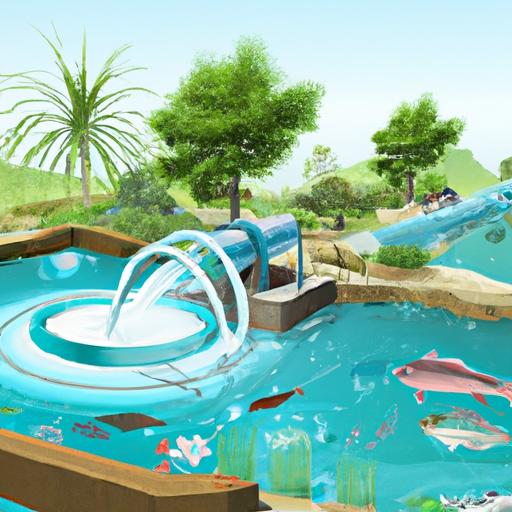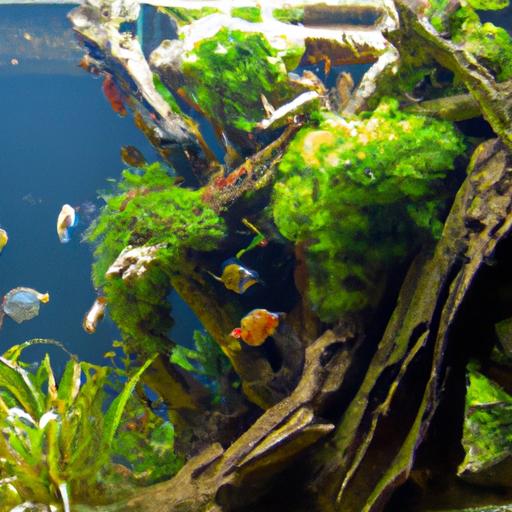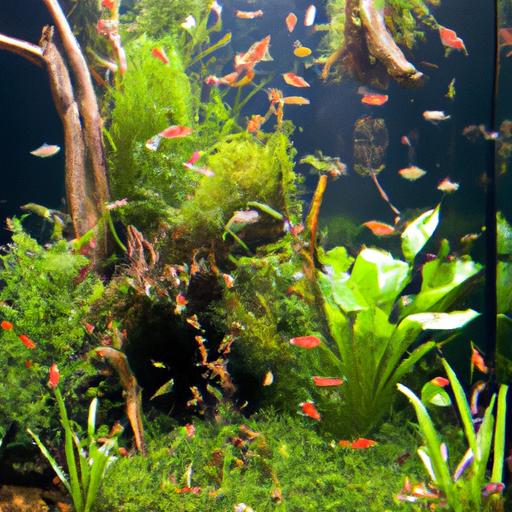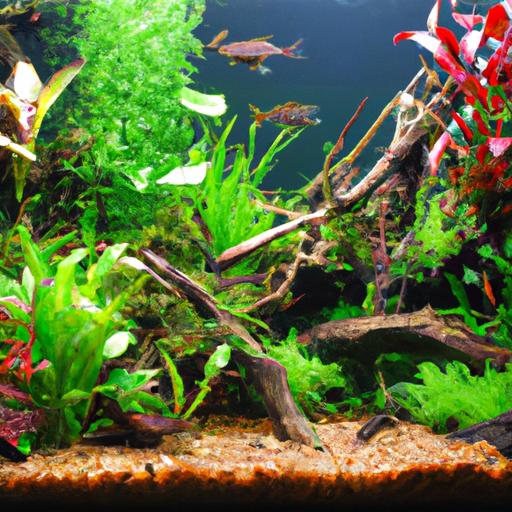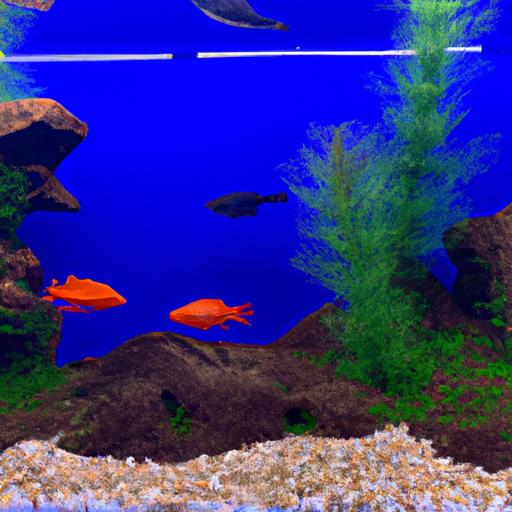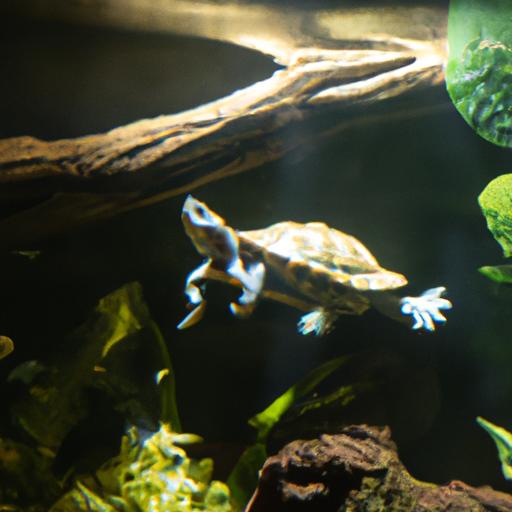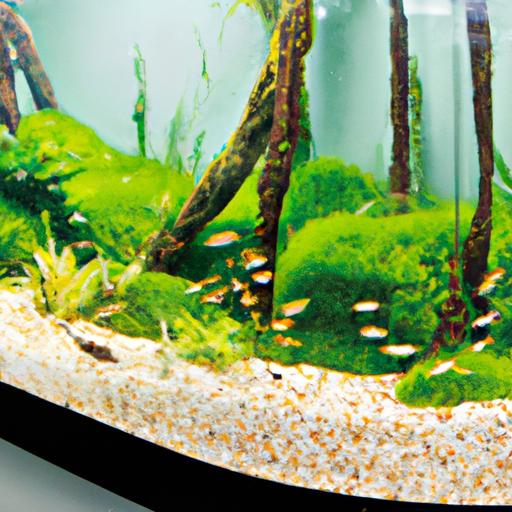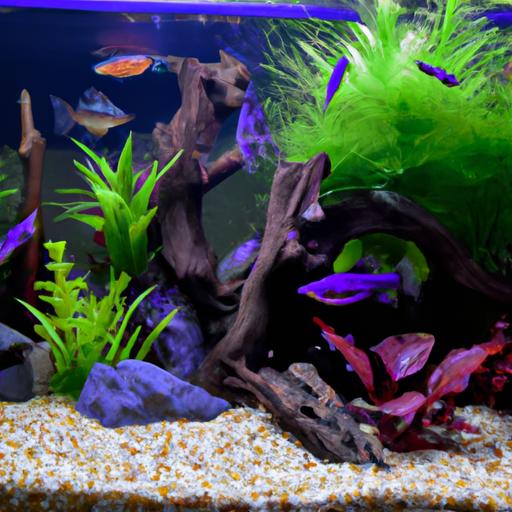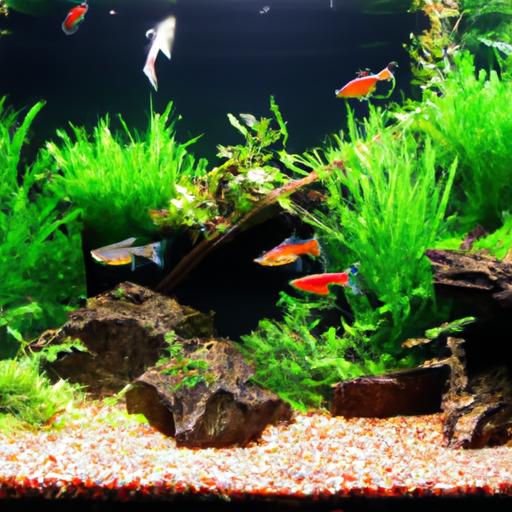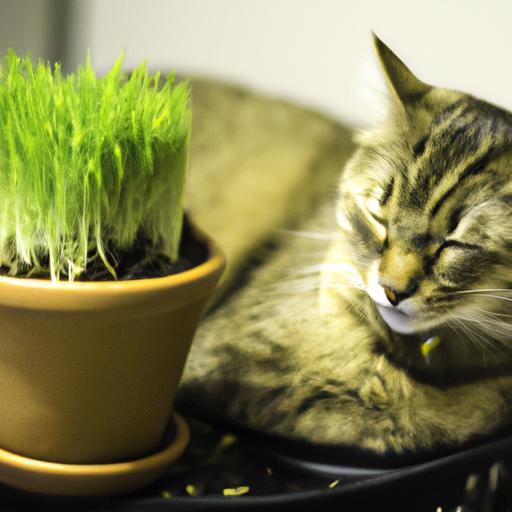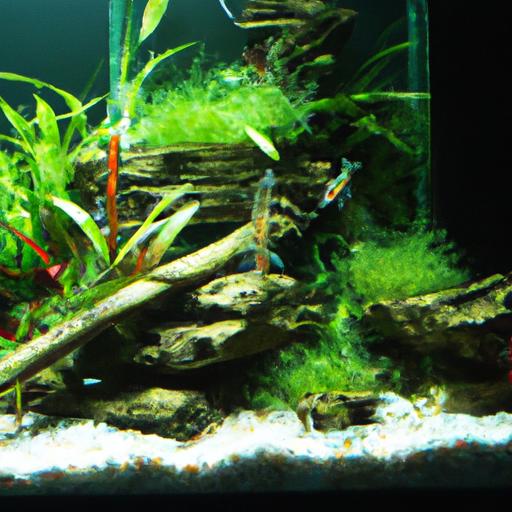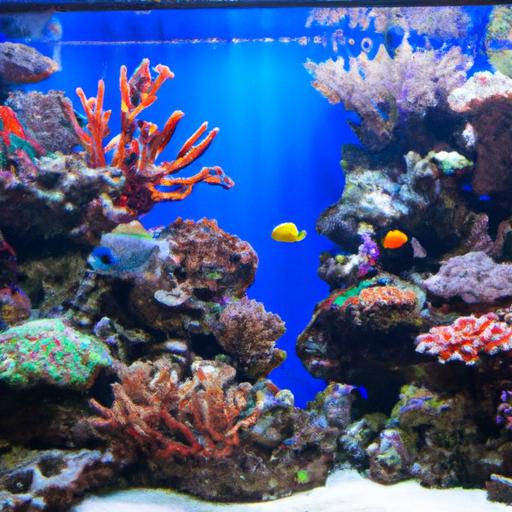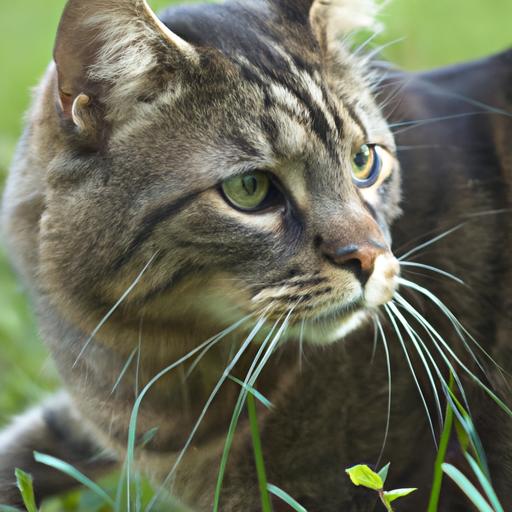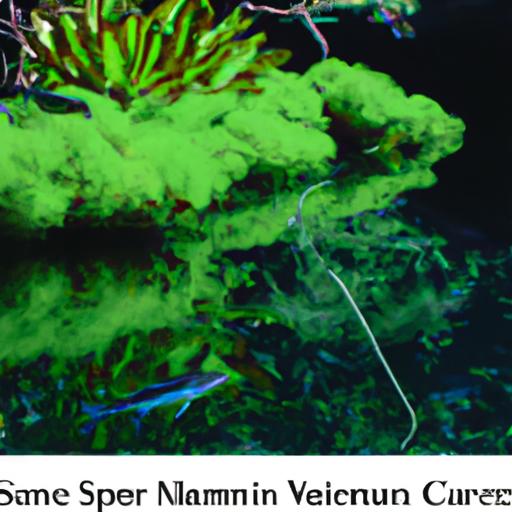
Essential Steps for a Healthy Freshwater Planted Shrimp Tank
Discover the essential steps for a healthy freshwater planted shrimp tank. Learn how to set up and maintain a thriving aquatic ecosystem for your shrimp.
Introduction
Are you a shrimp enthusiast looking to create a stunning aquatic ecosystem in your home? A freshwater planted shrimp tank can be a captivating addition to your living space, providing a beautiful and thriving habitat for these fascinating creatures. In this article, we will guide you through the essential steps to set up and maintain a healthy freshwater planted shrimp tank. By following these steps, you can ensure that your shrimp thrive and your tank becomes a mesmerizing centerpiece in your home.
Steps to Set Up and Maintain a Freshwater Planted Shrimp Tank
Selecting the Right Tank Size and Equipment
To begin your journey towards a flourishing shrimp tank, it’s crucial to choose the right tank size and equipment. Shrimp require a suitable environment to thrive, so selecting an appropriate tank size is essential. Aim for a tank capacity of at least 10 gallons, providing ample space for the shrimp to roam and explore.
Equally important is choosing the right equipment for your freshwater planted shrimp tank. Invest in a reliable filter system that can handle the biological load generated by shrimp and maintain water clarity. Additionally, consider incorporating a heater to ensure a consistent water temperature suitable for the shrimp species you choose.
Setting Up the Tank
Now that you have the right tank size and equipment, it’s time to set up the tank itself. Start by preparing the substrate and hardscape. Choose a fine-grained substrate that promotes the growth of plants and allows shrimp to forage comfortably. Add rocks, driftwood, or other decorations to create hiding spots and natural aesthetics.
Next, install the filtration system. A filter helps remove debris and waste, maintaining water quality and keeping your shrimp healthy. Consider using a sponge filter or a canister filter, both of which are excellent choices for freshwater shrimp tanks.
Establishing the appropriate water parameters is crucial for the well-being of your shrimp. Monitor and adjust the pH, temperature, and hardness of the water to match the requirements of your chosen shrimp species. Ensuring stable and suitable water conditions will promote shrimp health and vitality.
Choosing Suitable Plants and Shrimp Species
One of the highlights of a freshwater planted shrimp tank is the lush vegetation that enhances the beauty of the aquarium while providing natural hiding places for the shrimp. When selecting plants, opt for species that are known to thrive in freshwater shrimp tanks. Some popular choices include Java Moss, Anubias, and Amazon Sword.
In addition to plants, carefully consider the shrimp species you want to keep in your tank. Some shrimp species, such as Red Cherry Shrimp or Amano Shrimp, are particularly well-suited for planted tanks due to their compatibility with plants and peaceful nature. Research the specific requirements and behaviors of your chosen shrimp species to ensure they will thrive in your tank.
Maintaining a Healthy Environment
Once your freshwater planted shrimp tank is set up, it’s crucial to maintain a healthy environment for your shrimp to flourish. Regular water testing and monitoring are essential to ensure that the water parameters remain within the optimal range for your shrimp species. Test the water for ammonia, nitrites, nitrates, and pH regularly, and make necessary adjustments to maintain a stable and safe environment.
Proper feeding and nutrition play a vital role in the well-being of your shrimp. Provide a balanced diet consisting of high-quality shrimp pellets, algae wafers, and occasional treats such as blanched vegetables or protein-rich foods. Avoid overfeeding, as excess food can lead to water quality issues and harm your shrimp.
Managing algae growth is another important aspect of maintaining a healthy shrimp tank. While some algae can be beneficial, it’s crucial to control excessive growth that can affect the overall balance of the tank. Regularly clean the glass, remove algae-covered decorations, and consider introducing algae-eating shrimp or snails to help control algae naturally.
FAQ (Frequently Asked Questions)
What are the ideal water parameters for a freshwater planted shrimp tank?
The ideal water parameters can vary depending on the specific shrimp species you keep. However, a general guideline is to aim for a pH range of 6.5-7.5, temperature around 72-78°F, and moderate hardness levels. It’s crucial to research and understand the specific requirements of your chosen shrimp species to provide optimal conditions.
How many shrimp can I keep in a planted tank?
The number of shrimp you can keep in a planted tank depends on the tank’s size and the species you choose. As a general rule of thumb, aim for approximately 10 shrimp per gallon of water. However, ensure that the tank has ample hiding spots and vegetation to accommodate the shrimp’s natural behavior and provide them with a stress-free environment.
What types of plants are suitable for a shrimp tank?
Several plant species thrive in freshwater shrimp tanks. Some popular choices include Java Moss, Anubias, Amazon Sword, and Water Wisteria. These plants are hardy, provide excellent coverage, and create a natural environment that benefits both shrimp and other tank inhabitants.
Can I keep other fish with shrimp in a planted tank?
While some fish species can coexist peacefully with shrimp in a planted tank, it’s essential to choose compatible tank mates. Fish species that are small, non-aggressive, and not prone to nipping at shrimp are generally considered safe companions. Rasboras and Corydoras catfish are examples of fish that can coexist with shrimp in a planted tank. However, always research the specific behavior and requirements of any potential tank mates before introducing them to ensure a harmonious environment.
How often should I perform water changes in a shrimp tank?
Regular water changes are vital to maintain water quality in a shrimp tank. Aim to perform a 10-20% water change every week to remove accumulated waste, replenish essential minerals, and maintain stable water parameters. However, monitor the water conditions closely, as individual tank requirements may vary based on stocking levels, filtration efficiency, and overall tank health.
Conclusion
Creating a healthy freshwater planted shrimp tank requires careful consideration and attention to detail. By following the essential steps outlined in this article, you can set up and maintain a thriving aquatic ecosystem that will captivate both you and your shrimp. Remember to select the right tank size and equipment, set up the tank with suitable substrate and decorations, choose compatible plants and shrimp species, and maintain a healthy environment through regular monitoring, feeding, and algae control.
Embrace the beauty and tranquility of a freshwater planted shrimp tank, and witness the mesmerizing dance of these captivating creatures amidst lush greenery. With dedication and proper care, your shrimp tank will become a stunning centerpiece in your home, providing endless enjoyment and a glimpse into the wonders of the underwater world.
Setting up a Freshwater Planted Corydoras Nano Tank
